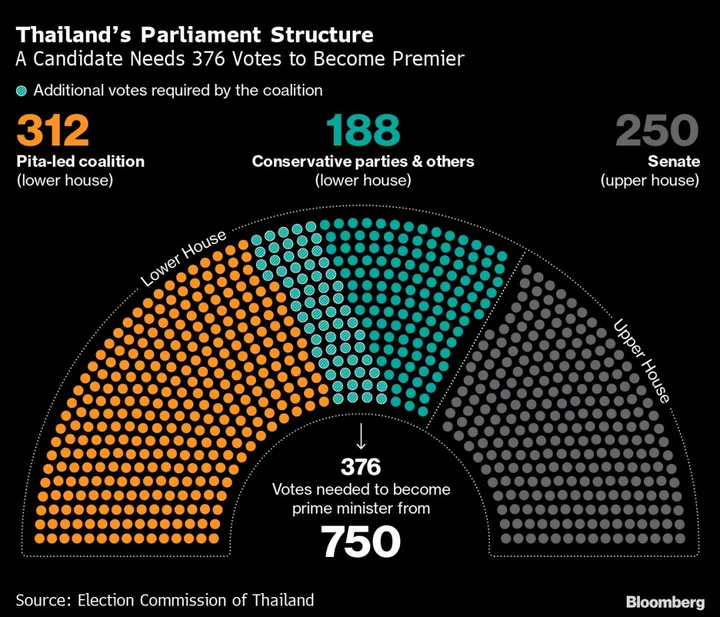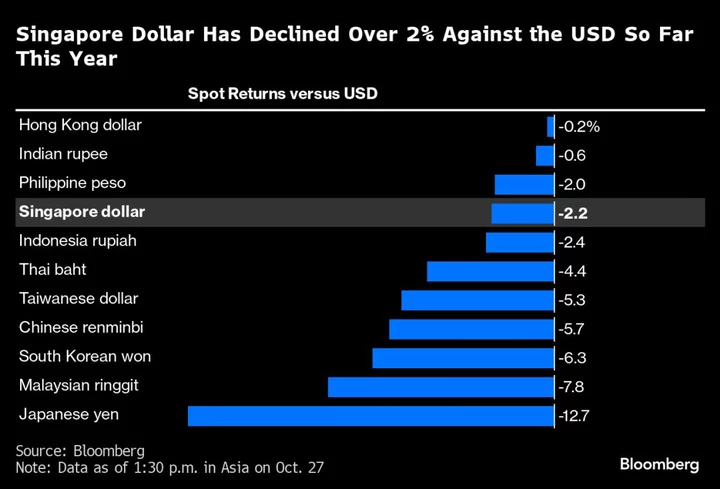Oil plummeted to the lowest since July as trend-following trades accelerated losses that were kicked off by swelling inventories and the failure of key technical support levels.
Brent crude slid as much as 5.6% to trade below $77 a barrel as algorithm-driven traders dumped crude holdings after prices dipped below $80 a barrel. West Texas Intermediate dropped as much as 5.9% to near $72 after a report on Wednesday showed rising US stockpiles and the grade breached its 200-day moving average.
The move lower likely accelerated in tandem with several selling programs, causing a vicious cycle, said Daniel Ghali, senior commodity strategist at TD Securities. Ghali estimates that the average commodity trading advisor will likely have liquidated most of their long positioning by the end of this session.
Commodity trading advisors “are likely contributing to the pain,” Ghali said.
The price slump comes as crude supplies remain robust despite OPEC+ supply cuts and reduced Russian exports. US oil stockpiles rose to the highest level since August last week, with levels at the key hub in Cushing, Oklahoma, also gaining, according to a report on Wednesday. Meanwhile, refiners in China, the world’s largest importer of crude, cut daily processing rates last month on weak margins.
Adding to the retreat was data showing that US unemployment benefits rose to the highest level in almost two years, signaling a slowdown in economic growth that weighed on equities early Thursday.
Crude trading has been buffeted by conflicting signals, with prices sinking to a three-month low last week before staging a modest recovery. The International Energy Agency said on Tuesday that production growth means markets won’t be as tight as had been expected this quarter. And while OPEC on Monday highlighted robust demand trends, traders expect the group’s biggest producer, Saudi Arabia, to prolong a supply cut.
Still, signs of softness are evident along the oil futures curve. The spread between WTI’s two nearest contracts has flipped back to contango — where near-term prices are below longer-dated ones — and the second-third month differential has followed suit in another indication that conditions are loosening.
Meanwhile, President Joe Biden’s energy security adviser, Amos Hochstein, said the US will enforce sanctions on more than 1 million barrels a day of oil exports from Iran amid the conflict in the Middle East. A resurgence in flows from Venezuela after the easing of US curbs could help offset any supply losses, with Vitol Group hiring a supertanker to load oil from the Latin American nation.
Terminal users can click here for more on the Israel-Hamas War.
To get Bloomberg’s Energy Daily newsletter into your inbox, click here.









